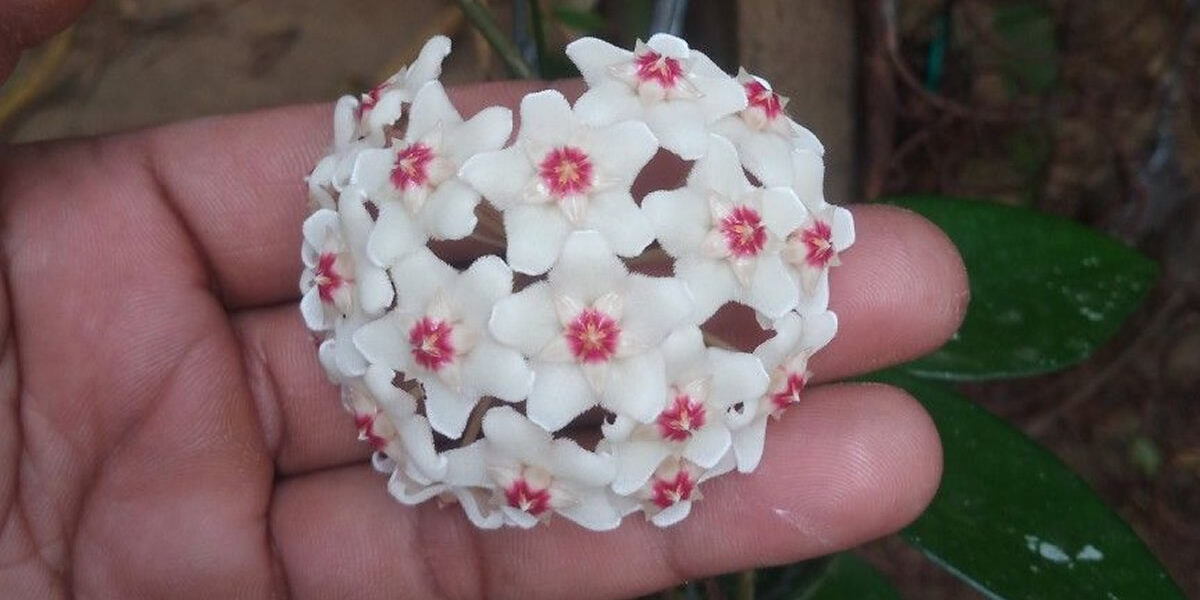The wax flower (Hoya carnosa) is a wonderful climbing plant whose thick, waxy-looking, fleshy leaves help it retain water. It is a type of plant very close to succulents, growing up to a meter tall and native to China and Japan.
So many people feel attracted to this plant because of its leaves, which vary from one species to another. In some cases it is difficult to distinguish these plants from each other unless they are flowering.
As indoor plants they are easy to maintain, last a long time, and flower consistently year after year. Below we list the essential cares of the wax flower.
Cares of the wax flower
Light
Most plants belonging to this family cannot tolerate direct, bright light, and their leaves suffer from direct exposure to the sun.
This is a plant that grows in the woods, among trees and shrubs, and therefore accustomed to receiving dim, indirect light. This condition needs to be replicated at home.
Many botanical gardens and hoya growers grow this plant under a shade cloth that blocks 50-80% of direct sunlight.
Soil and watering
The waxflower does not need much space, as it is an epiphytic plant (that is, a plant that lives on another plant, without feeding at its expense). It is not normally necessary to transplant a hoya.
It is worthwhile, however, to change the potting soil every 2 to 3 years. Use terracotta pots, which are more porous and thus remove excess water from the potting soil more easily.
This is especially important since the wax flower does not like stagnant water. It needs regular watering, but you must let the potting soil dry out well to prevent the plant from rotting.
Humidity and temperature
The waxflower cannot tolerate cold temperatures, below 10°C (50°F): for this reason, care must be taken during winter.
Regarding humidity, this plant is accustomed to living in settings with high humidity, typical of subtropical and tropical areas. Nevertheless, it adapts well to drier contexts.
Wax flower’s main problems and solutions
Below we list the most common problems of the waxflower:
If the leaves of the wax flower are burning or turning red, it could be a sign of excess light. Move the plant away from the sun’s rays.
If the leaves are rotting, it is possible that they are not getting enough water, or the roots are dying. Check the roots, and also check for mealybugs.
If the leaves are beginning to look limp, the roots may be dead from excess or lack of water.
If the wax flower is not blooming, it is probably not getting the right amount of light. However, some leaves may need some type of “stress” to stimulate flowering (i.e., cold or dry periods).
If the shoots fall off before flowering perhaps the plant’s soil has been too dry or too wet for a long period of time.
If the wax flower has been dry for too long, try not to overwater it when you water it. Put water in little by little so that the potting soil can moisten well.
